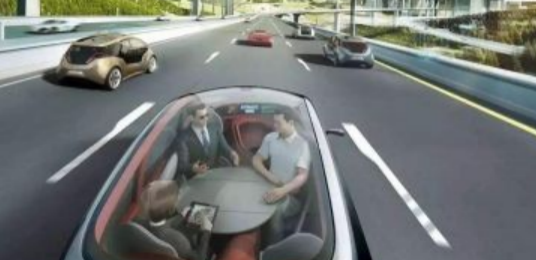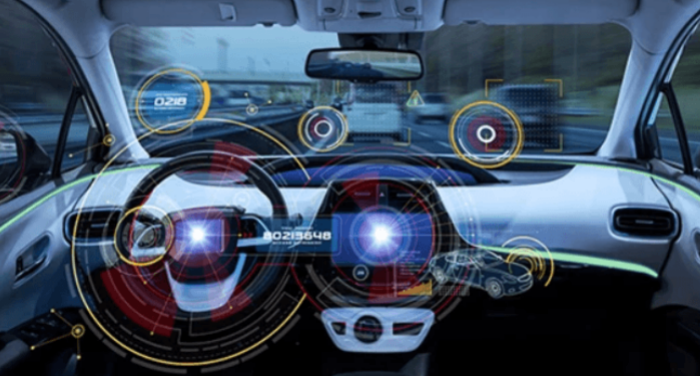Is Driverless Car the Vehicle of the Future?

Unmanned vehicle, also known as autonomous vehicle or wheeled mobile robot, is an unmanned ground vehicle for transporting passengers. The ideal driverless vehicle can travel from site A to site B without human operation. No matter how complex the environment or how bad the weather is on the way, the computer system will do it by itself. The core of driverless vehicle is driverless technology. Driverless vehicles need the technical support of a variety of professional disciplines to achieve large-scale production. These include radar, laser radar, camera, GPS, computer vision, decision-making system, operating system, high-precision map, real-time positioning, mechanical control, energy consumption and heat dissipation management, etc.
For the degree of automation of driverless vehicles, there are generally 6 levels. Level 0 to Level 5 according to the degree of automation from low to high.
Level 0: There is no automatic driving function. The driving process completely depends on the human driver to control the car, including car startup, observation of various environmental conditions during driving, and various operational decisions. To put it simply, cars that need human control over driving fall into this category.
Level 1: Single function automation, part of the control power will be handed over to the machine management during driving, but the driver still needs to control the whole. Such as adaptive cruise, emergency brake assistance, lane keeping, etc. The driver's hands and feet cannot be separated from the control system at the same time.
Level 2: Partial automation. The driver and the car share the control right of the car during driving. In some preset environments, the driver can completely disengage from the control system, but the driver needs to be on standby at any time and take over the car in a short time.
Level 3: Conditional automation. The car can run automatically under limited conditions. For example, on the highway, the machine is fully responsible for the control of the entire car, and the driver can completely disengage from the control system. However, drivers need to be on call at any time and have enough warning time.
Level 4: Highly automated, no driver intervention is required in the driving process under the restriction of specific roads. The driver only needs to set the starting point and destination, and the rest of the operation is under the control of the car.
Level 5: Fully automated. In any environment, the driver is not required to drive the car. The driver only needs to set the starting point and destination, and the rest is under the control of the car.

Wireless radar is a very common component in automobiles. Its working principle is that after the radio waves are emitted, the radio waves will be reflected back by distant objects to achieve the effect of detection. The number, size, speed, direction and other information of objects can be obtained through the wireless radar computer. In the field of unmanned driving, it is often used for adaptive cruise and automatic emergency braking scenarios.
Lidar, namely laser detection and ranging system, is a radar system that detects objects by emitting laser beams. Its working principle is to send a large number of laser beam detection signals to the target object, and then the receiver can process the signal reflected from the target to obtain the relevant information of the target. Such as the distance, orientation, height, speed, attitude, and even shape of the target. The laser radar of driverless vehicles is generally installed on the roof, constantly rotating at high speed to scan the surrounding environment, through which the three-dimensional information of surrounding objects can be obtained.
High precision map is an important technical support for driverless vehicles, which contains a lot of driving assistance information. In addition to providing accurate positioning, it can also help cars to avoid intelligent collision, intelligent speed regulation, etc. High precision maps can provide static perception for unmanned vehicles and provide them with a global view, such as road, traffic, infrastructure and other information.
In summary, the core technology of driverless vehicles is perception. The unmanned vehicle has four different vision eyes, including wireless radar, laser radar, ultrasonic radar and camera. Through them, unmanned vehicles can get different views. In terms of positioning, driverless vehicles can achieve very accurate positioning by using GPS and inertial strategy devices, plus high-precision electronic maps.

(Writer:Zidon)





